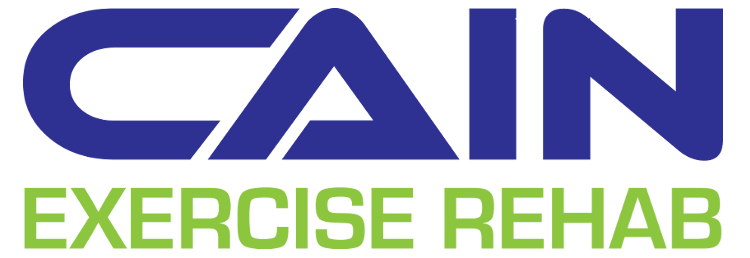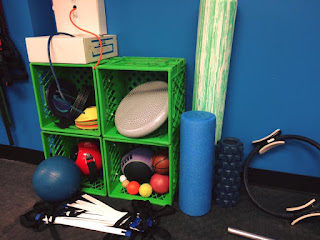As I've mentioned before, the body has this fantastic mechanism when it comes to protecting its joints. Normally, when it detects instability around a joint, the brain signals the muscles to tighten and tone in order to guard the joint from harm. However, when the instability is severe or when the body experiences an acute, traumatic injury, this tension becomes spasm.
Spasm is an involuntary muscle contraction and is how we define this "seizing up" of muscles when we experience injury. The body is desperately trying to do whatever it can to maintain the integrity of the joints by minimizing any further harm. Unfortunately, this spasm is very often even more debilitating than the injured structure itself. Why is that?
The Pain-Spasm Cycle
What happens is this delightful process known as the pain-spasm cycle. First, your body experiences pain. As we know, the body now tightens and spasms up in response. However, this tension has made the pain even worse. As a result of the increased pain, the body throws in even more spasm, and the cycle continues.
This is essentially the physiology of any injury and the reason why it's so hard to find relief. This cycle can be an extremely debilitating process and is tough to break. But it CAN be broken, and that's where I come in to do my job.
Breaking the Cycle
How do you break a cycle? Well, you remove one of its pit stops, of course. Through whatever means are used, if you can reduce either the pain or the spasm, its counterpart, by principle, will become alleviated as well. This is the purpose of modalities that therapists use. Massage and needling, for instance, help to relieve muscle tension and decrease the amount of pain that a client has. On the flip side, electrical stimulation machines are also used solely to block the pain signals from the tissue to the brain, causing the brain to allow the muscle to relax and cease its spasm.
However, these modalities are often not enough. Even IF the symptoms can be completely alleviated through a treatment (spoiler: most often, they're not), the symptoms can easily return. The way that I explain to my clients is this: Regardless of muscle tension and pain, there is going to be some degree of dysfunction or joint instability remaining from the injury. By not correcting these issues or by leaving behind even a small amount of pain and spasm still, the symptoms are likely to return full-force.
And how do you correct that? Movement. Athletic Therapists recognize that treating the tissue ourselves is only half the battle and that the rest of the work is up to yourself to stop the problem from coming back. Strengthen the muscles around the joint. Create stability. Rebuild the trust between the brain and the muscles that movement can be done safely and pain-free. This is only way to truly correct a dysfunction and prevent this painful boomerang effect.
These principles are well-known to most medical practitioners, but it seems that it's often missed by the public. By offering this understanding on how exactly pain and spasm work and how to correct them, hopefully it will prove to be a valuable resource to motivate people as they move through their recovery process and back to health.
And how do you correct that? Movement. Athletic Therapists recognize that treating the tissue ourselves is only half the battle and that the rest of the work is up to yourself to stop the problem from coming back. Strengthen the muscles around the joint. Create stability. Rebuild the trust between the brain and the muscles that movement can be done safely and pain-free. This is only way to truly correct a dysfunction and prevent this painful boomerang effect.
The most useful medical tools.
These principles are well-known to most medical practitioners, but it seems that it's often missed by the public. By offering this understanding on how exactly pain and spasm work and how to correct them, hopefully it will prove to be a valuable resource to motivate people as they move through their recovery process and back to health.




No comments:
Post a Comment